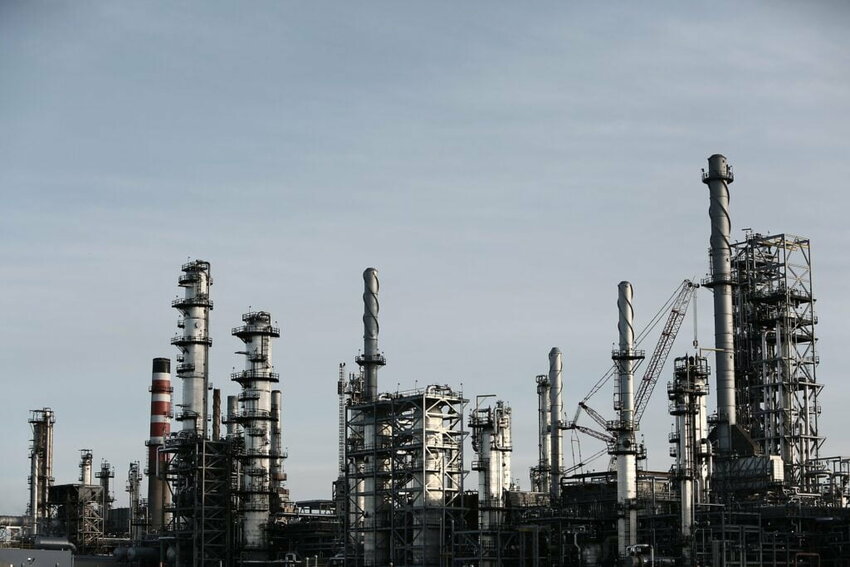 (Credit: Pixabay)
(Credit: Pixabay)The EPA revealed a three-year strategy to tackle per- and poly-fluoroalkyl substances (PFAS), which the agency considers to be a major health and environmental issue despite still being used in a wide range of industrial tasks and consumer products.
The PFAS Strategic Roadmap lays out plans to address the issue, which has been a priority for EPA Administrator Michael S. Regan. The EPA says every level of government needs to address PFAS to accelerate cleanup of contamination, prevent new pollution and to make scientific breakthroughs in understanding the issue.
The EPA says this new approach, which has goals through 2024, builds on the agency’s PFAS action plan from 2019 and commits to new policies to protect the environment, safeguard public health and hold polluters accountable.
PFAS has been manufactured and used in a variety of industries since the 1940s. It is found in the air, surface water, ground water and in the soil. They are used in a range of products, such as clothes and furniture, and in manufacturing of chemicals. PFAS can be released both during manufacturing and commercial use.
The Institute of Environmental Health Sciences says there are more than 4,700 PFAS and that the chemicals do not degrade in the environment. Because of this the EPA wants to figure out ways of not just addressing pollution that has already occurred, but also intervening with PFAS before they enter the environment.
The roadmap’s approach is focused on three areas – research, restrict and remediate.
The EPA plans to invest in research, development and innovation to increase the understanding of what exposure to PFAS means to people and the environment. That will be followed by interventions that incorporate the best available science.
Then the EPA says there needs to be a comprehensive approach to prevent PFAS from entering air, land and water at dangerous levels.
Finally, the agency plans to accelerate the cleanup of PFAS and hold polluters responsible for their actions. The EPA also wants to accelerate the remediation, destruction, disposal and mitigation technologies for PFAS while making sure that the cleanup does not create new pollution problems.
The EPA has regulated chemical pollution in industry as recently as this week, coming to an agreement with LyondellBasell subsidiaries in the US to make $50 million worth of facilities improvements because of violations to the Clean Air Act. Earlier in 2021, Johnson Controls paid $17.5 million to residents in Peshtigo, Wisconsin, after their water was contaminated by PFAS from firefighting foam that was mixed and tested at its Tyco Firefighting Technology Center in Marinette.
The updated focus on PFAS will go across offices in the EPA. The Office of Water, Office of Land and Emergency Management, Office of Air and Radiation and Office of Research and Development will all handle mitigation tasks as part of the roadmap.
The EPA will collect existing information on PFAS manufactured since 2011, including uses, production volumes, disposal, exposures and hazards. That will help the agency address the PFAS that has been manufactured in the US and will help it in future research and regulatory efforts.
Recently the Clean Production Action released a tool to assess chemical safety in the industrial sector. It included guidelines and a certification process on 2,000 chemicals it found to be of concern, including PFAS.
As part of the new roadmap the EPA says it will issue an annual report on PFAS.